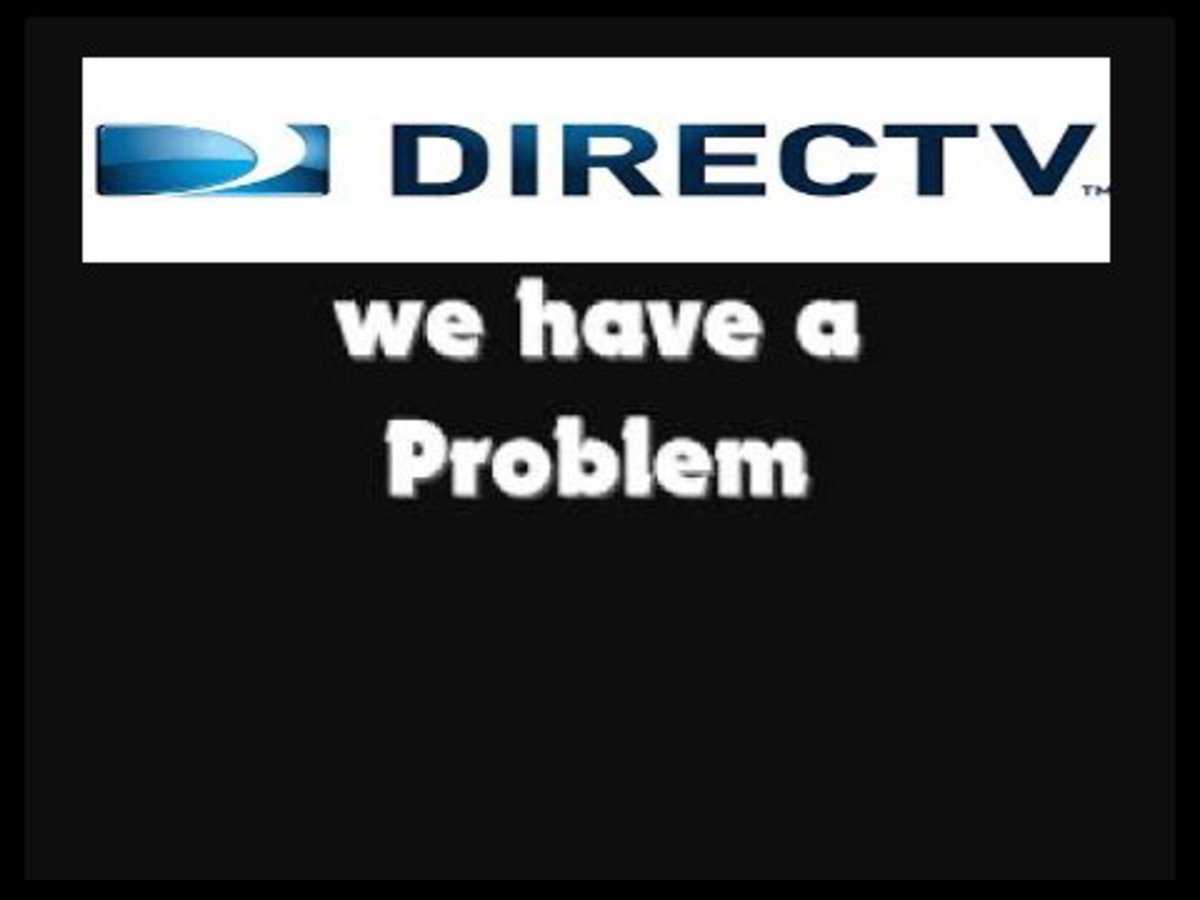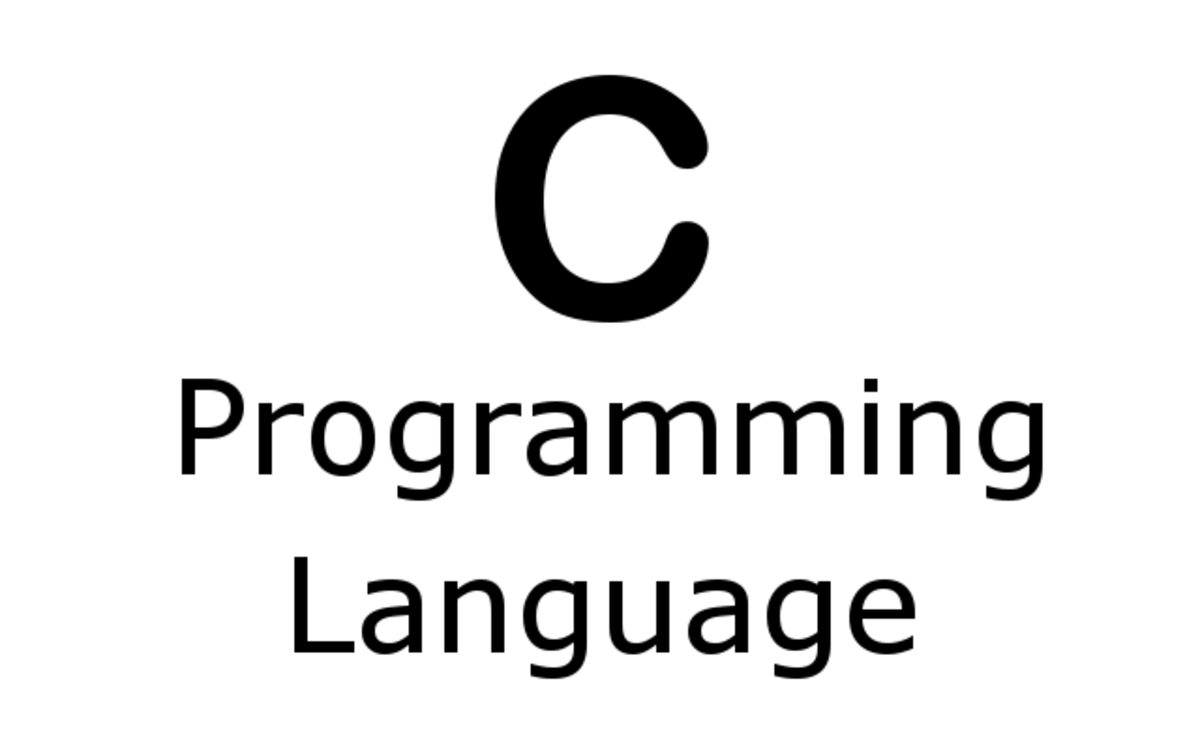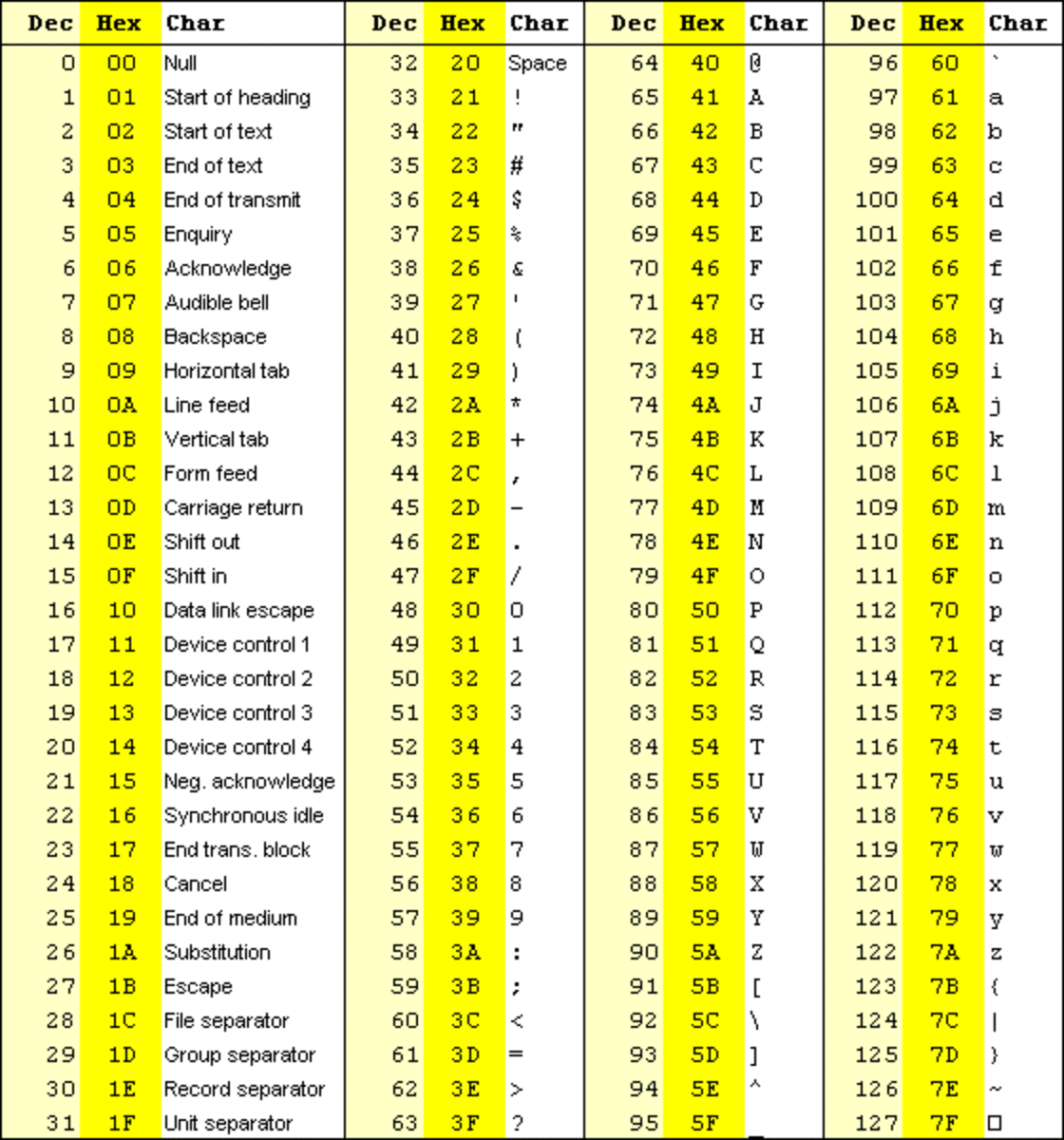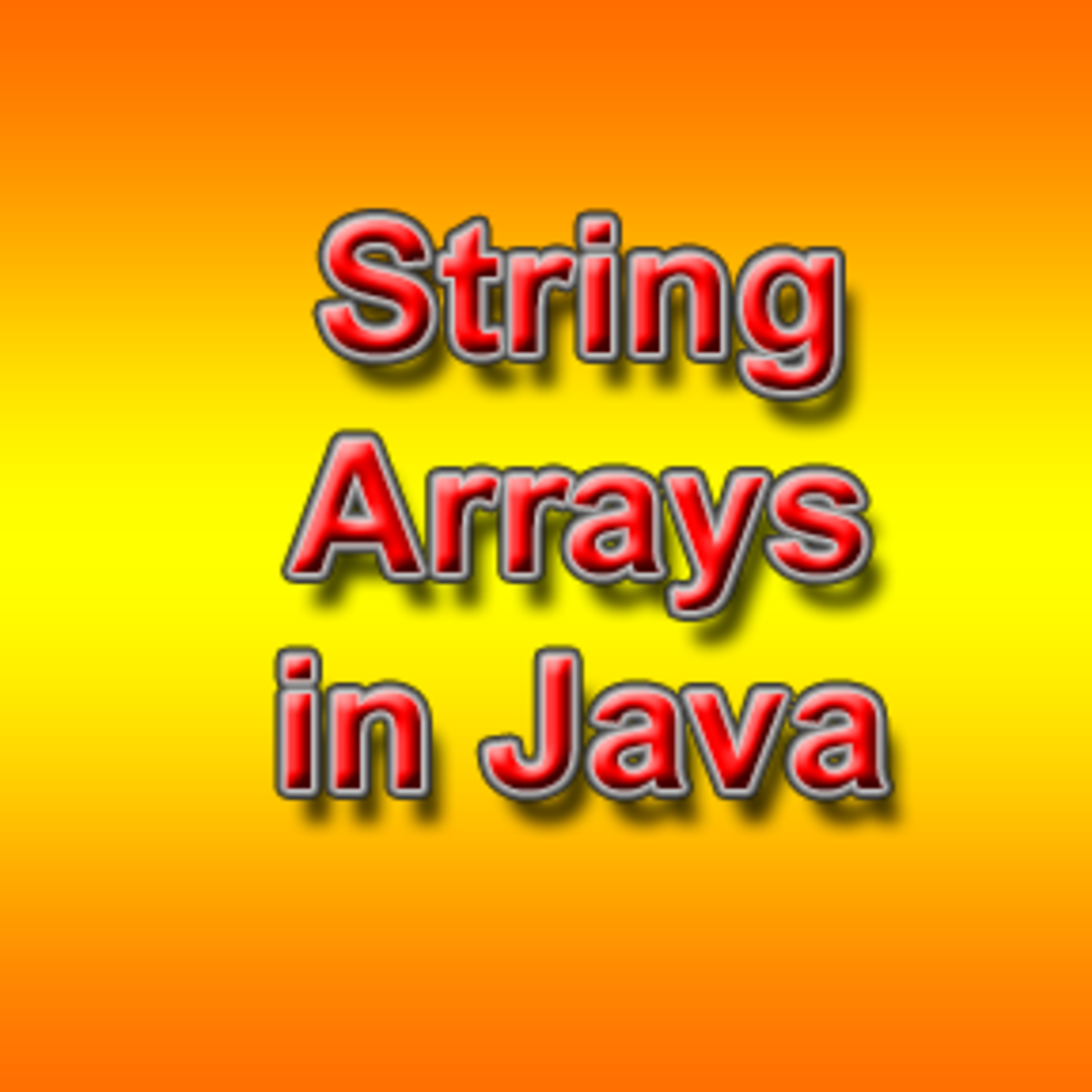- HubPages»
- Technology»
- Computers & Software»
- Computer Science & Programming»
- Programming Languages
Beginners Steps To Write An Effective C++ Program
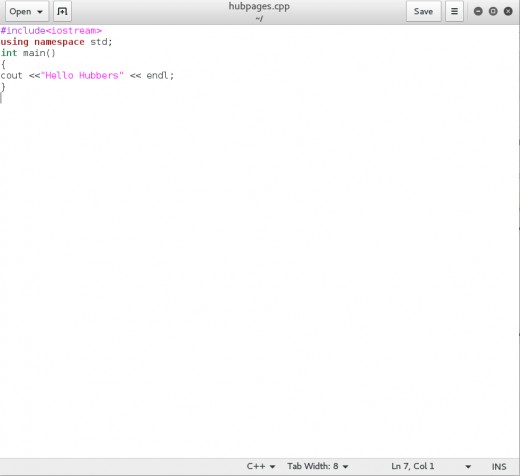
Introduction to C++
C++ is an extension of C programming language - (AT&T Bell Labs from the early 1970s). C was originally developed to write the Unix OS and it is commonly used for systems-level software and also embedded systems development.
C++ provides OOP (object-oriented programming) features and later
include generic programming capabilities. C++ close relationship to C allows its programs to make use of a large section of code developed in C.
C++ can be categorized as a high-level language, but since appearance of newer languages, it is falling and can be grouped with other lower level languages e.g C.
C++ can be used for web development either front end of back end but it rocks back end better. Likewise in the case of front end, you can use it to create Web Applications.
Examples of common software written in C++ - Microsoft Windows 8, Mac OS X, Adobe, etc.
Suite.
C++ itself is complex and bogus, here is are simple brief guides to write your first C++ code.
What is Programming?
Programming is the process of writing instructions in a way such that it allows a computer to decode and execute the instructions given. The instructions are called source code. That's what you as a programmer will be writing.
Executable
The last process of programming is that you get an executable file. An executable is a file that your computer can run(binaries), i.e if you’re on Windows, we know these files as EXEs. A computer program like Microsoft Excel, PowerPoint, etc are typical example of an executable. Most programs may have additional files (including, graphics files, icon files, etc.) but for sure all program requires an executable file else it won't work out. You can create an executable with the help of a compiler. Compiler is a program that turns source code into an executable file.If compiler is absent, you won’t be able to do anything than to stare at your source code. Since that gets boring quickly, the very next thing you need is set up a compiler.
What Every C++ Beginner Should Know
- How to Create a C++ program
- The general format of a C++ program
- The #include directive(Header)
- The main() function
- How to use the cout object for output
- How to comment in a C++ program
- How and when to use endl
- Declaring and using variables
- How to use the cin object for input
- Defining and using simple functions and finally how to compile a C++ Program.
When you learn a computer language, you should begin by learning
the basic structure for a program. Only then can you move on to the details, such as loops
and objects. Here is an overview of the essential structure of a C++ program.
#include<iostream>
using namespace std;
int main()
{
cout <<"Hello Hubbers" << endl; // This is how to comment
}
Taking a good look at the code above, it is simple and easy to decode.
What You Should Notice
#include<iostream> is the called the header file. Just like human beings, without head we can't function, then excluding the header file from a C++ language makes is useless and taking it this way easy.
cout <<"Hello Hubbers" << endl; in this case is the body and when you compile the program, the output is "Hello Hubbers" without Columns. The cout is this case serves like the print / display function. and endl; is to jump to the next line.
// this is a comment allows the programmer to express his/her feeling within the code. You don't have to worry about this, the compiler will skip it off.
{
} is the opening and closing of the code body. In this case we can assume it like clothing, human beings can really move around with clothing then the syntax will also refuse to run if it doesn't have the curly braces because it won't know what to do.
Rules to follow
1. Make sure you use the comment function. It it useful while in debugging.
2. Totally unambiguous (unlike natural languages, e.g English);
3. It must be simple to use.
Compiling Your Code Using Linux
By default, almost all Linux distributions has C++ Compiler (GNU Compiler) installed by default.
To compile it, navigate to your terminal window, here is the format:
"g++ yourfilename.cpp -o yourfilename2"
Yourfilename.cpp is the name of your cpp file including the directory if not stored in the root folder.
-o will create an executable file with the name yourfilename2
when this step is completed successfully, the to display the compiled file, use
./yourfilename2
and finally your done
Hopefully, by now you should know what it takes to write a simple C++ program. Rome isn't build in a day, keep practicing then you will be a geek one day!
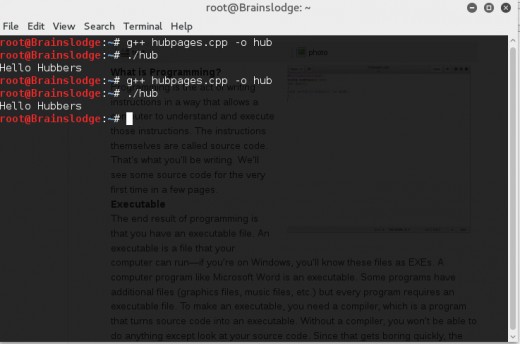
The main problem people don't like C++ and related languages is because they are very bogus and deals memory, back-end, etc. Also, may of us hates debugging your Source code, I was also once like you. Well, I am happy to inform you that C++ is required in almost everything we do nowadays. If you really want to know how computer works then go for C/C++.
Check out the eBook above, I recommend it to every one willing to learn C++, it is easy and simple to use. I also used the same when I wanted to start learning, it helped me a lot because I devote a lot of time to C++. Thanks.
Do you have a challenge learning C++? Feel free to comment, programmers here will help!


